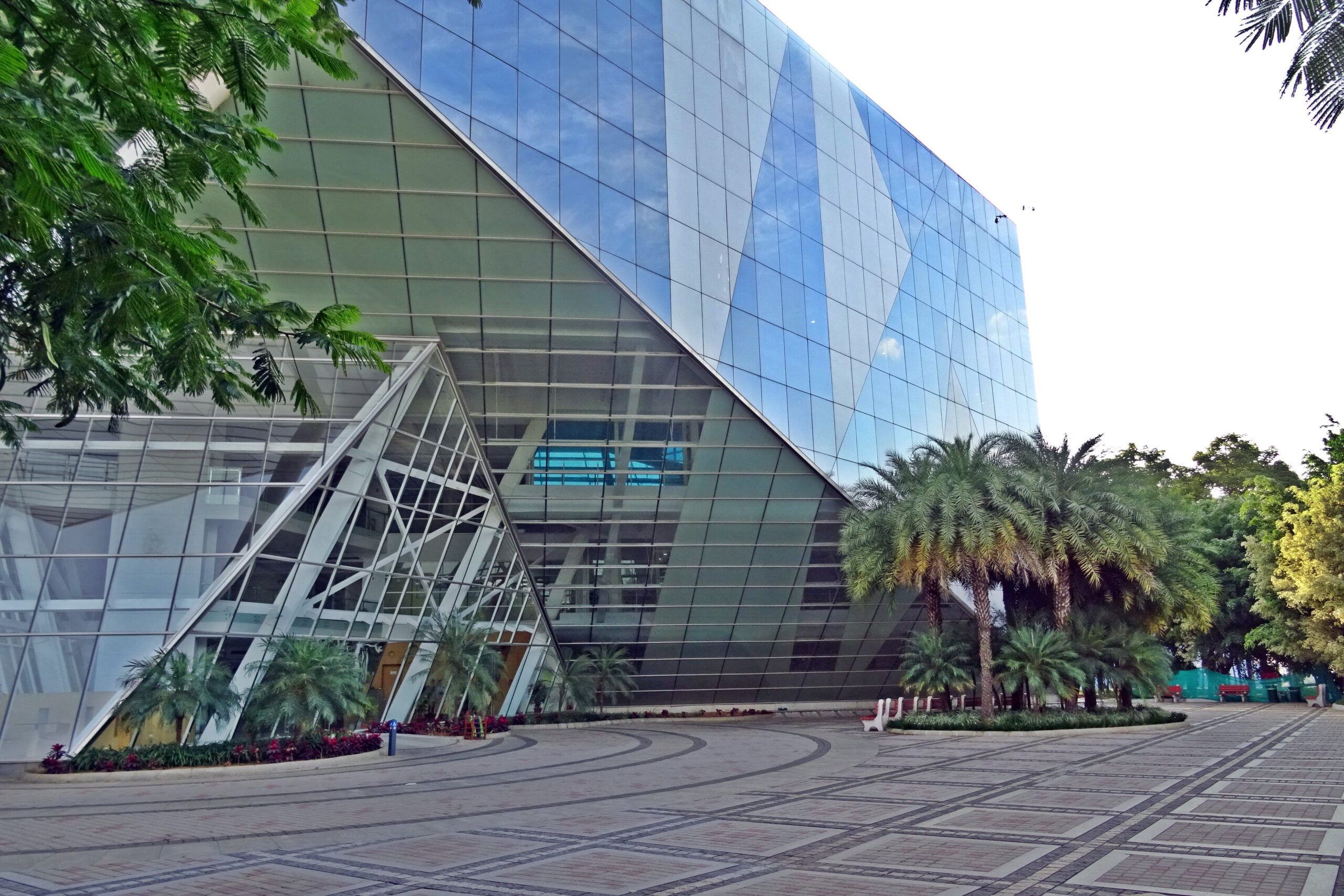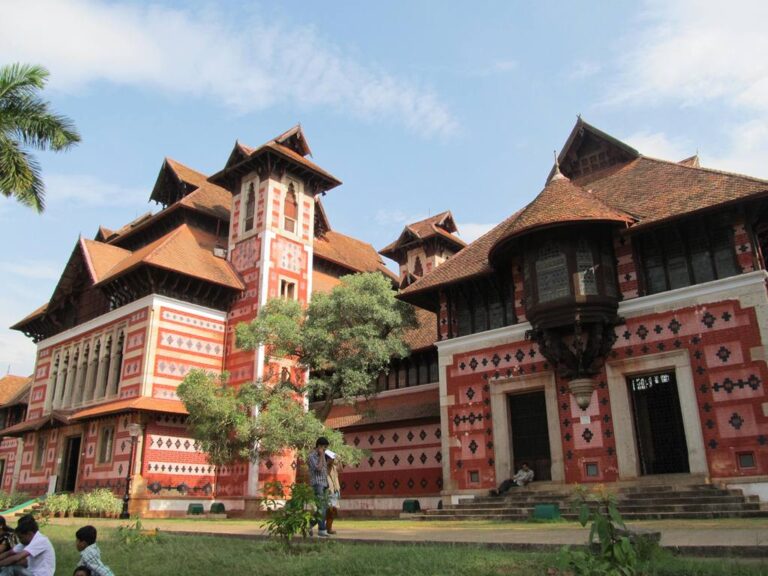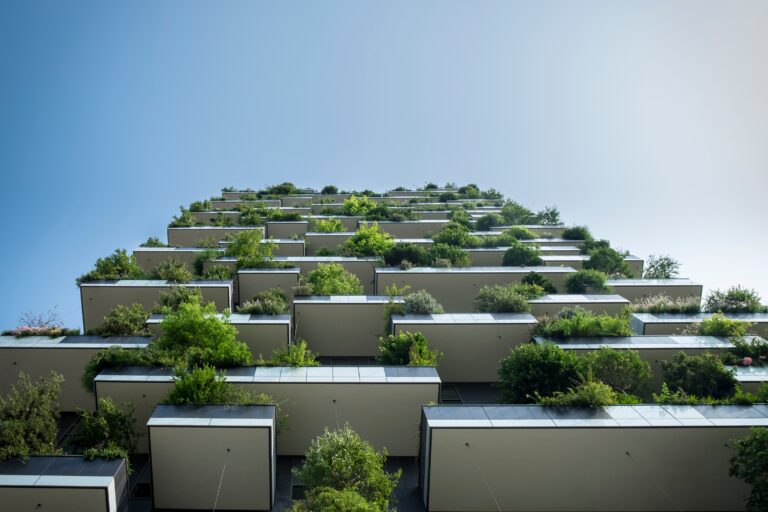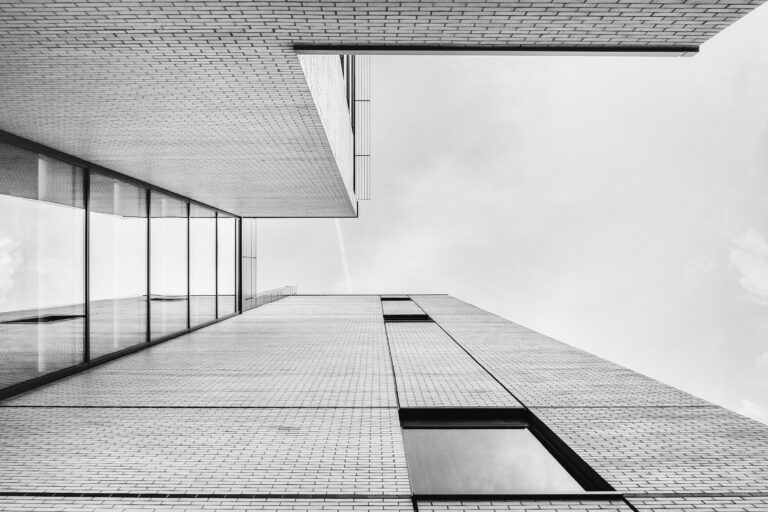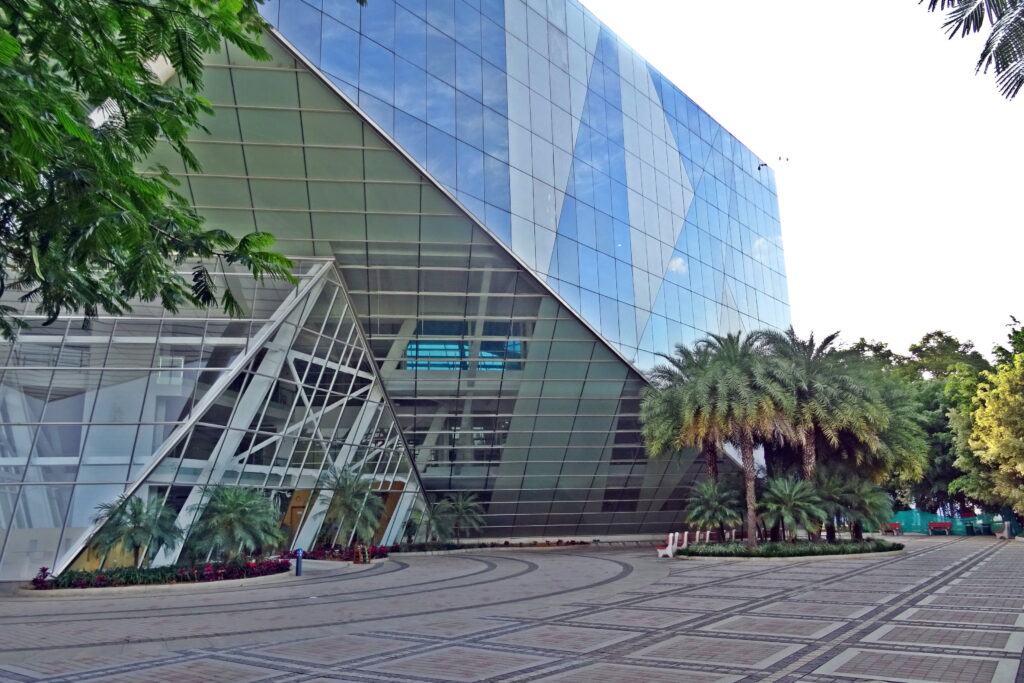
As societal structures continue to evolve, the traditional concept of a family household has undergone a profound transformation. In today’s dynamic landscape, multi-generational living arrangements have become increasingly prevalent. This shift has sparked a new challenge and opportunity for architects – to craft spaces that cater to the diverse needs, preferences, and lifestyles of multiple generations under one roof. This blog explores the intriguing realm of multi-generational spaces, delving into the art and science of designing environments that seamlessly harmonize intergenerational living while promoting individuality and communal bonding.
Understanding the Evolution of Family Dynamics
The dynamics of families are no longer confined to the conventional model. Economic factors, cultural shifts, and changing norms have led to the rise of multi-generational living. Whether it’s grandparents, parents, children, or even extended family members, sharing living spaces has become a practical and meaningful choice. Architects are at the forefront of reimagining spaces that cater to the diverse requirements of these multi-generational households.
Key Principles in Designing Multi-Generational Spaces
Creating spaces that cater to different generations requires a delicate balance of art and functionality. Key considerations include:
- Accessibility and Inclusivity: Designing spaces that are accessible to people of all ages and abilities is paramount. Universal design principles ensure that the environment accommodates everyone’s needs.
- Privacy and Shared Areas: Finding the equilibrium between communal spaces for bonding and private retreats for solitude is essential. Thoughtful layout planning can create a harmonious coexistence.
- Flexibility and Adaptation: Multi-generational spaces need to be adaptable to evolving needs. Flexible layouts and modular furniture allow for seamless transformations as the family dynamic changes over time.
- Aging in Place: Anticipating the future needs of older family members involves integrating features that promote safety and comfort, such as non-slip surfaces and accessible bathrooms.
- Promoting Interaction: Creating spaces that encourage interaction and shared experiences enhances family bonds. Areas for communal cooking, dining, and recreation can foster connections among generations.
Advantages of Multi-Generational Spaces
Designing for different generations brings forth a range of benefits that go beyond aesthetics:
- Cultural Heritage: Multi-generational living provides an opportunity for the exchange of cultural traditions and values, ensuring that heritage is passed down through generations.
- Economic Efficiency: Sharing expenses and resources among family members leads to substantial cost savings for everyone involved.
- Emotional Support: Living together fosters a strong sense of emotional support and companionship, especially during times of adversity.
- Child and Elder Care: Multi-generational spaces simplify the process of caring for both children and elderly family members, minimizing the reliance on external care services.
- Sustainability: Sharing resources within a multi-generational household aligns with sustainable practices, contributing to a reduced environmental impact.
Paving the Path for Architectural Innovation
The exploration of multi-generational living opens doors to architectural innovation. As designers seek innovative solutions to create spaces that cater to varying generations, technology, sustainable practices, and adaptable design strategies take center stage. The resulting designs not only reflect changing societal norms but also push the boundaries of what architecture can achieve.
Designing multi-generational spaces is an art that necessitates a deep understanding of the intricate dynamics that define modern families. Architects have a unique opportunity to craft environments that transcend mere functionality, nurturing unity, shared experiences, and respect among family members of all ages. As society embraces the concept of multi-generational living, architecture evolves as a driving force in creating spaces that celebrate the diversity and connectivity of today’s families.

